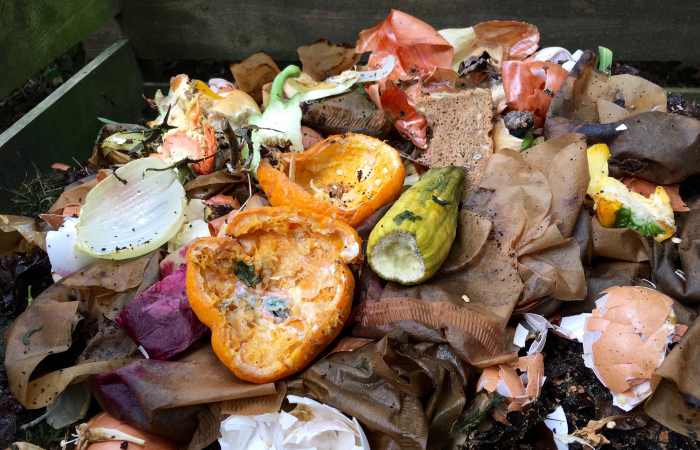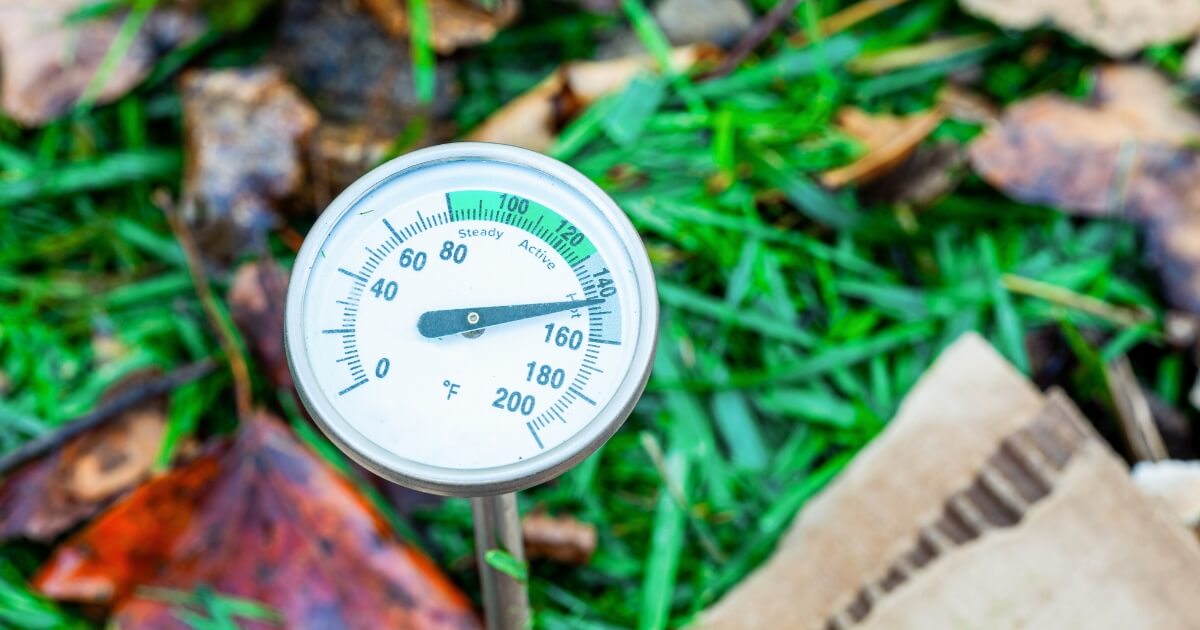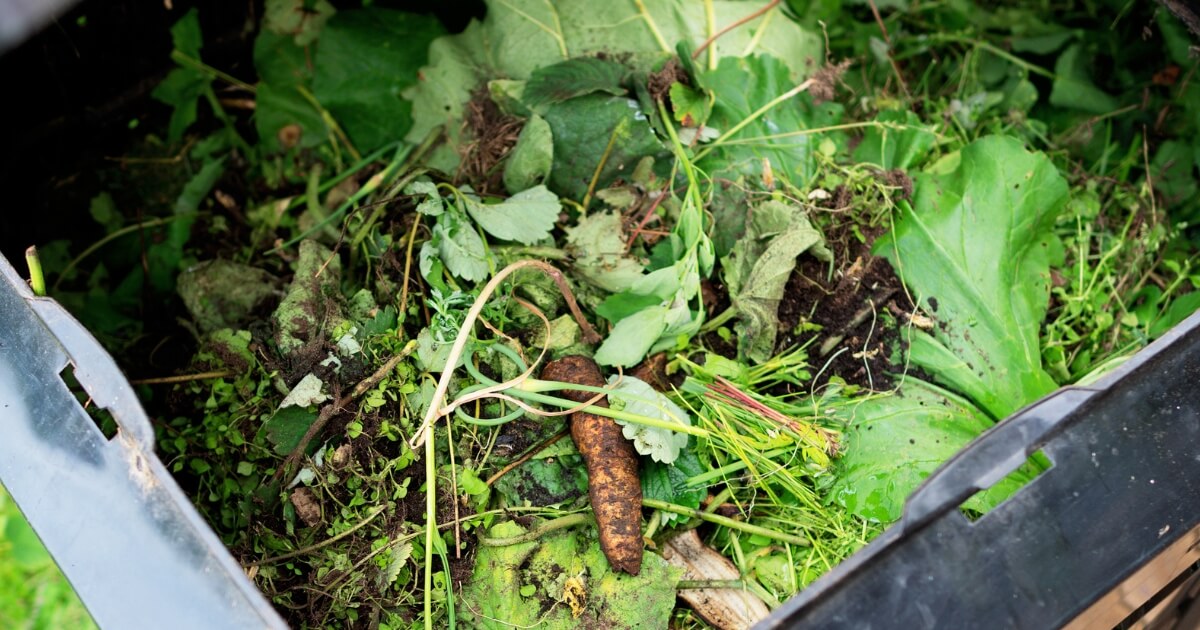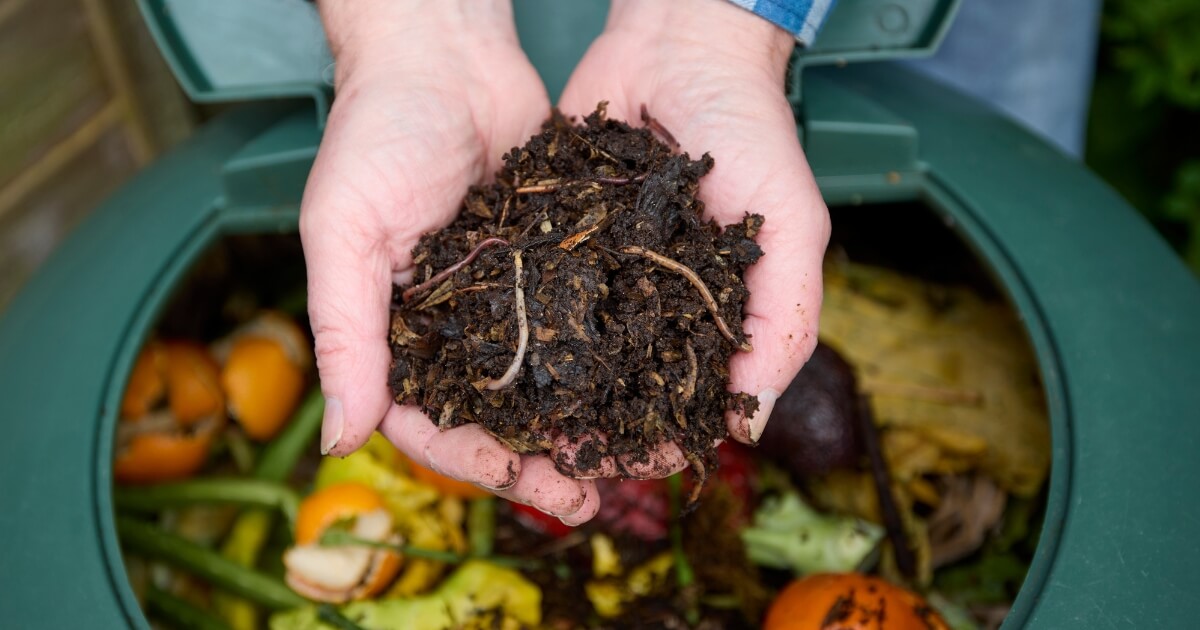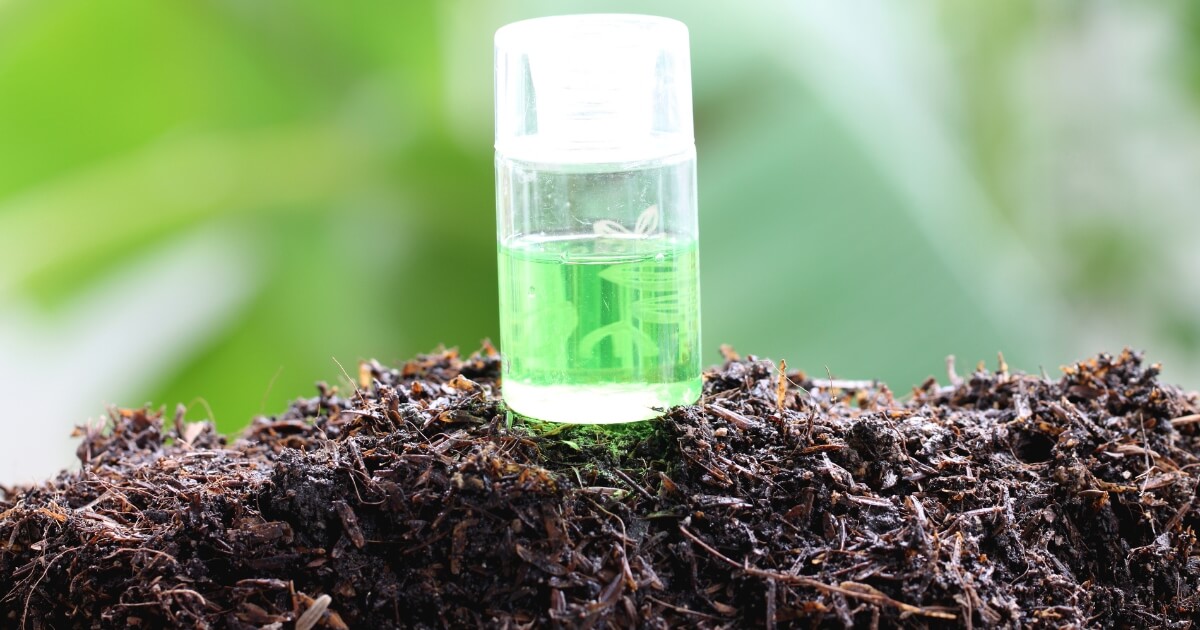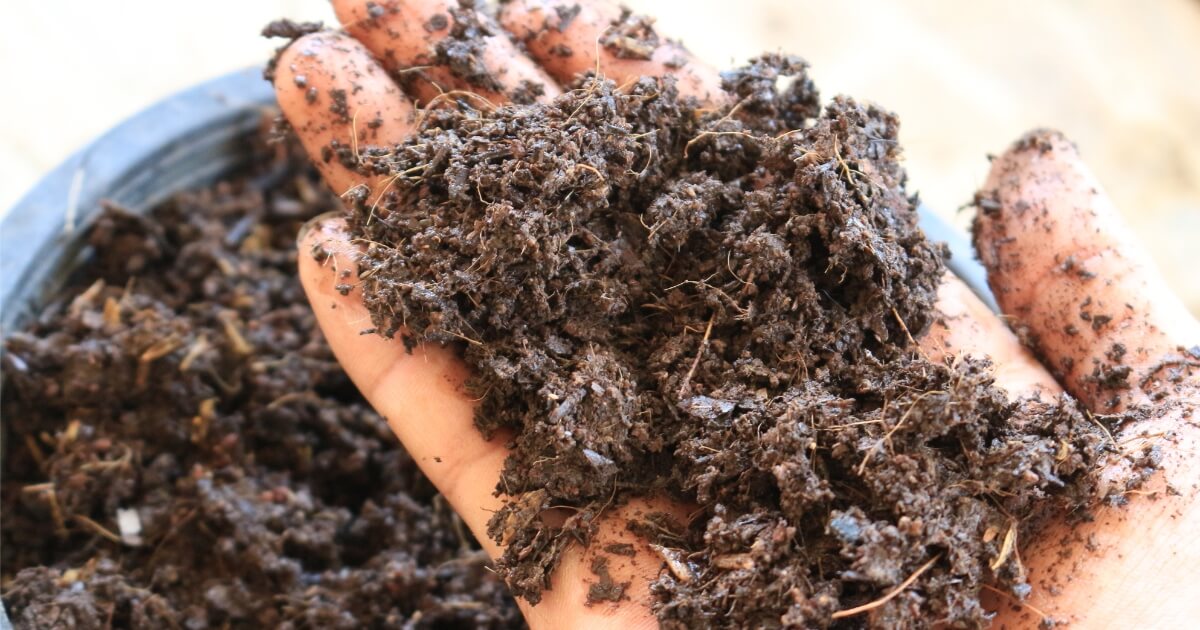Do you ever find mold in your compost and wonder if it’s dangerous to use?
As a general rule, mold in compost is safe. But, when dealing with mold, you should take precautions, so you don’t cause harm to yourself or your pets.
How do you determine when moldy compost is safe?
Read this guide, where I talk about everyday food items that mold quickly, and which ones you can add to your compost and those to avoid.
I also discuss when to worry about moldy compost and how to reduce moldy food waste at home, so you know the best way to handle these issues.
7 Food Items That Get Moldy Quickly
It’s frustrating to buy food only to find it has grown mold a short time later. Some of the most common foods that get mold quickly are:
- Rotten fruits and vegetables
- Rice
- Coffee
- Watermelon
- Spaghetti
- Cereal
- Bread
Why Do These Foods Get Moldy So Quickly?
When fruits and vegetables are near each other, ethylene gas accumulates that attracts bacteria. The bacteria works its way into small nicks on the produce, causing rot or mold to spread.
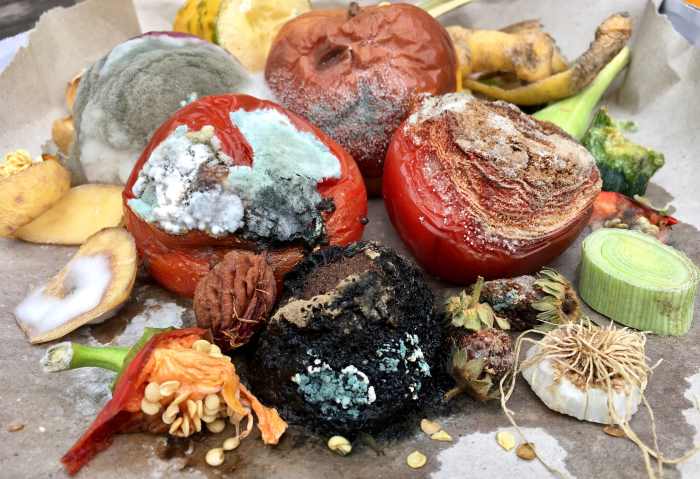
Dry rice carries a trace amount of bacteria that can survive cooking. When this bacteria multiplies rapidly, mold can form in both dry and cooked rice.
The moisture found in coffee grounds and watermelons breed bacteria that quickly grows mold.
Related | Are Coffee Filters Compostable?
The cooked tomato paste in spaghetti has a low acidity level. Combine in some mold spores from the air with moisture from the sauce, and you have a fungal feast.
Citrus peels in compost will grow mold, but not as quickly as the following.
Once you open a cereal package, humidity from the air penetrates the food which encourages mold spores to take root.
Mold and fungi thrive in warm, humid, and bright locations like on your kitchen countertop where many people store bread.
Can You Put Moldy Food In Compost?
Yes, you can compost many moldy foods. It’s already a waste of money to have inedible food, so it’s more cost-effective to reuse that moldy food waste by composting it.
Food that has gone bad that is safe to compost are fruits, vegetables, coffee grounds, bread, and grains. You can also use moldy meats and dairy products if you use the Bokashi composting method.
Related | Can You Compost Meat?
The composting process is all about decomposition, so adding in moldy food speeds up the process. Bacteria and fungi are two critical microorganisms in the composting function.
Bacteria move quickly through liquids, while fungi work more slowly. Mold is part of the fungi class. Both are abundant in a healthy compost pile.
To avoid attracting animals to an open compost pile, refrain from using bread, meat, bones, fish, and oils or fats. These items also overheat your compost pile.
When To Worry About Moldy Compost
Several types of mold grow in compost, but not all should cause concern.
White mold is commonly seen growing on woody materials in the compost. Don’t worry; white mold means your compost is decomposing nicely.
Green mold is seen in compost with a lot of food waste. Green mold is also a sign of too much moisture in the bin, so keep a balance of dry to wet ingredients. Green mold spreads fast as it digests nitrogen-carbon compounds in food scraps.
Pink mold is actually a bacteria and appears more orange. Many times this mold is from cleaning agents getting into your compost pile which then kills the organisms that aid in decomposition.
It’s wise to wear gloves and a mask when working your compost pile if you see large amounts of mold.
While your risk is low, there are certain infections like Aspergillosis and Histoplasmosis caused by fungal inhalation.
Large amounts of ingested mold can be very harmful, so keeps pets away from in-progress compost piles.
Molds should die off once the decomposition process of your compost is complete, so it’ll be safe to handle and use in your garden.
How To Reduce Moldy Food Waste
Next, are some great ways to reduce moldy food waste.
INSPECTION
Carefully inspect produce for bruising that opens the skin and lets in mold and bacteria. Check expiration dates on other types of food items, even dry goods.
SHOP MORE OFTEN
Shop more frequently to reduce the need to store food for extended periods, which heightens the risk of mold growth.
CLEAN AND STORE
I wash all produce and dry it thoroughly before placing fruits and vegetable far apart in the refrigerator to reduce mold-causing ethylene gas production. I also keep bread in the dark, cool, low-humidity environment of the fridge to stop mold growth.
KEEP OUT THE BAD GUYS
Use tightly-lidded containers you can see through to remind you to eat those last slices of melon or serving of spaghetti before mold can take hold.
Once I open a cereal or grain package, I transfer the contents into air-tight, clear containers to reduce the chance of moisture and mold spores getting inside.
DEEP FREEZE
Freeze any food you doubt you will get around to eating. Chop up fruits and vegetables and place in freezer storage bags for ready-to-go additions to smoothies or soups.
In Summary
I hope this article helps you lower the amount of moldy food you create.
But, when mold does affect your fruits, veggies, and grains, you now know it’s not dangerous to use them to enrich your compost pile.
Mold can be a good thing when it comes to composting when you handle it in a safe manner. Taking time to help the environment by composting food scraps and reducing landfill waste is a wonderful feeling.
Take all the information you read about in this article about mold in compost and put it to good use. Your garden will thank you!
